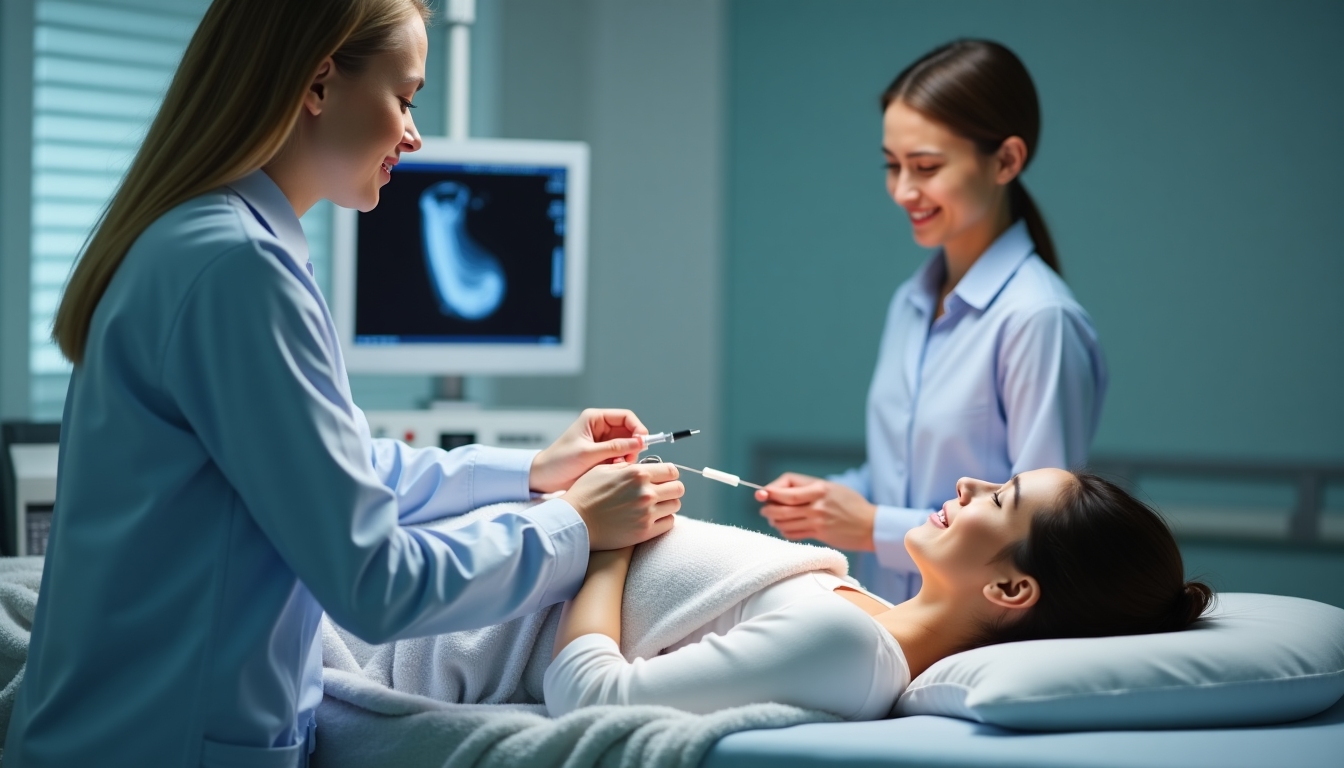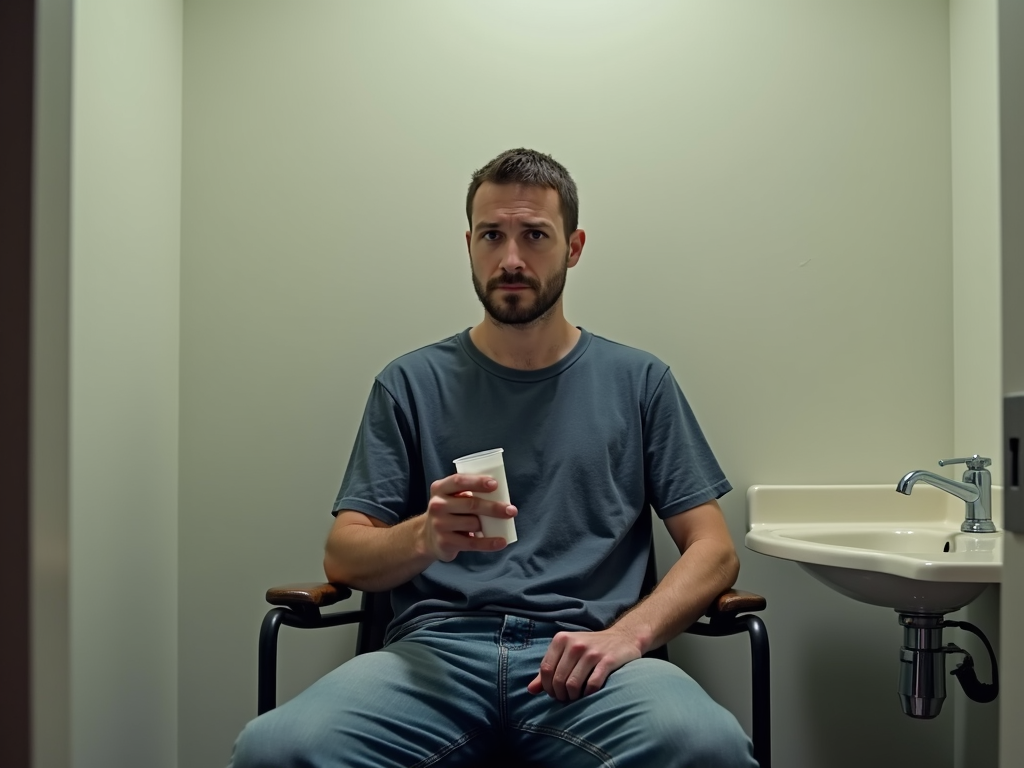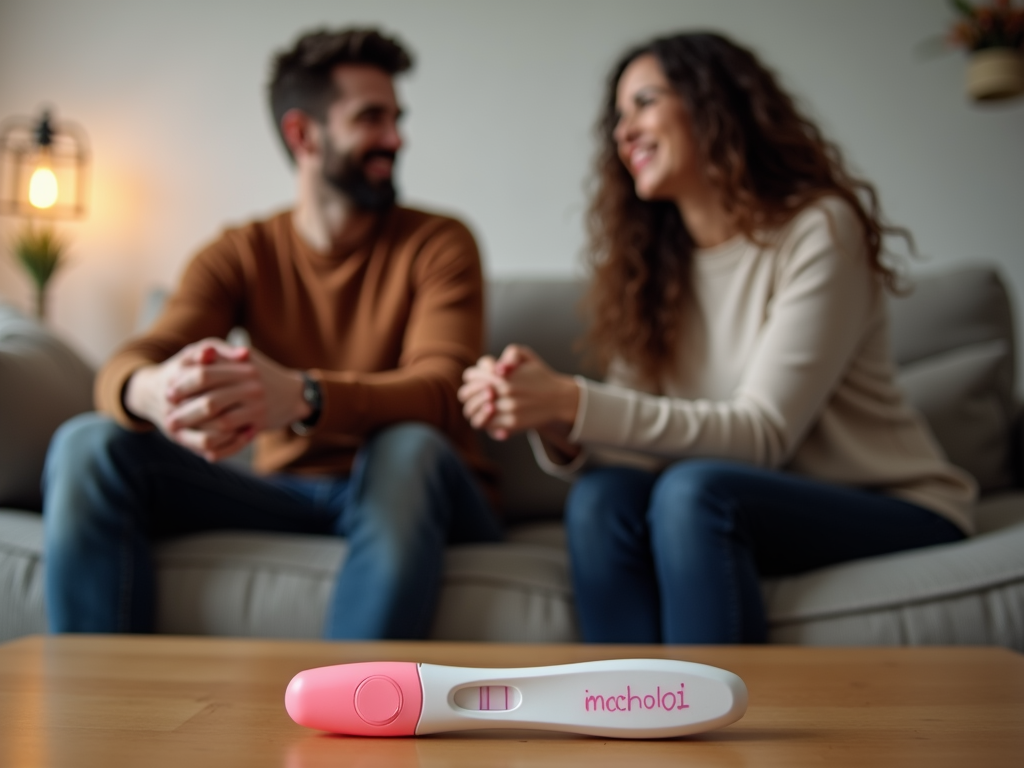Understanding the IVF Process: A Step-by-Step Guide
March 20, 2025, 8:39 a.m.
Overview
In vitro fertilization, or IVF, is a life-changing option for couples facing infertility. It’s a process where eggs and sperm are combined outside the body to create embryos, which are then placed in the uterus. This article, Understanding the IVF Process: A Step-by-Step Guide, breaks it down simply and clearly, so you know what to expect at every stage.

Step 1: Initial Consultation and Testing
Your IVF journey starts with a visit to a fertility specialist. Picture this: you’re sitting in a quiet office, sharing your story. The doctor asks about your health, past attempts to conceive, and any challenges. They’ll order tests—like blood work to check hormone levels for women or a semen analysis for men—to figure out what’s going on. It’s normal to feel nervous but hopeful. Many say this step feels like the first real move toward building a family.

Step 2: Ovarian Stimulation
Next comes ovarian stimulation, where fertility drugs help your ovaries produce more eggs. Normally, you’d make one egg a month, but IVF needs more to boost your chances. These drugs, called gonadotropins, are key players here. You’ll give yourself daily shots for about 10-14 days. The doctor watches your progress with ultrasounds and blood tests, tweaking the dose if needed. It’s a commitment, but it’s exciting to think those eggs are growing!
Types of Gonadotropins in Fertility Treatments
Not all gonadotropins are the same. Here’s a quick list:
- FSH (Follicle-Stimulating Hormone): Gets those egg-containing follicles growing.
- LH (Luteinizing Hormone): Helps eggs mature.
- hMG (Human Menopausal Gonadotropin): A mix of FSH and LH.
- hCG (Human Chorionic Gonadotropin): Triggers the eggs to finish ripening.
Your doctor picks the right ones for you, making this step personal and precise.

Step 3: Egg Retrieval
When your eggs are ready, it’s time for retrieval. This happens in a clinic, under light sedation, so you won’t feel much. The doctor uses an ultrasound to guide a needle through your vaginal wall to your ovaries, pulling out the eggs. It takes about 20-30 minutes. Afterward, you might feel crampy, but you’re home the same day. People often say it’s quick but surreal—those eggs are now on their way to becoming embryos!

Step 4: Sperm Collection
On egg retrieval day, the sperm sample is collected—usually from the partner, sometimes a donor. It’s a straightforward task: provide the sample at the clinic or bring it in quickly if done at home. The lab then washes and sorts the sperm, picking the strongest swimmers. If sperm quality is low, they might use a special technique later. It’s a small but vital step.

Step 5: Fertilization
Now, the magic happens. Eggs and sperm meet in a lab dish. In standard IVF, they’re mixed and left to fertilize naturally. If needed, a method called ICSI—where one sperm is injected into each egg—is used. The next day, the team checks which eggs became embryos. It’s amazing to think life could be starting right there in that dish.

Step 6: Embryo Culture
The embryos grow in an incubator for 3-5 days. Specialists keep a close eye, watching them divide and develop. They pick the healthiest ones for transfer based on how they look. Some couples opt for genetic testing here to check for issues. It’s a waiting game, but every day brings you closer to the next big step.

Step 7: Embryo Transfer
Transfer day is huge. The doctor slides a thin tube through your cervix and places the embryo—or embryos—into your uterus. No sedation needed; it’s over in minutes. You’ll rest briefly, then head home. Many feel a mix of joy and nerves—those little embryos are now in place, and all you can do is hope they stick.

Step 8: Pregnancy Test
About 10-14 days later, you’re back for a blood test to see if you’re pregnant. This wait—called the two-week wait—is tough. You might feel every twinge, wondering if it’s a sign. A positive result means celebration and more checkups. If it’s negative, your doctor will talk options, like trying again. Either way, you’re not alone on this ride.
Summary
IVF is a detailed process, from consultations to that final test. It’s a blend of science, patience, and hope, tackling infertility one step at a time. With fertility drugs like gonadotropins and expert care, it’s helped millions. Understanding the IVF process step by step can ease the unknown and empower you for the journey ahead.